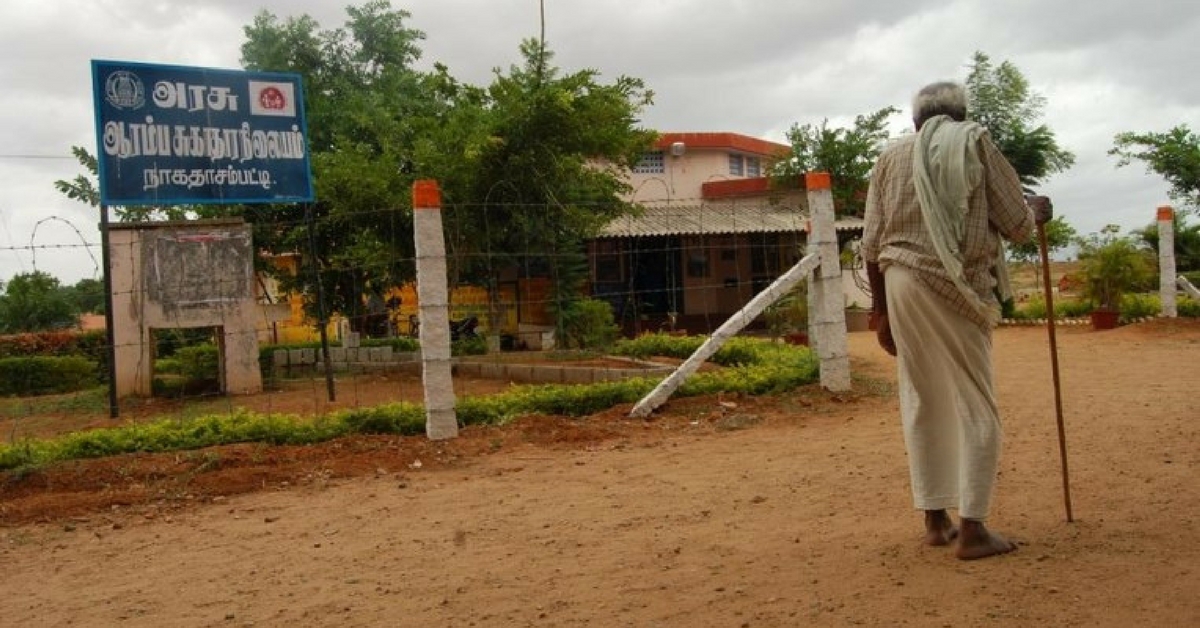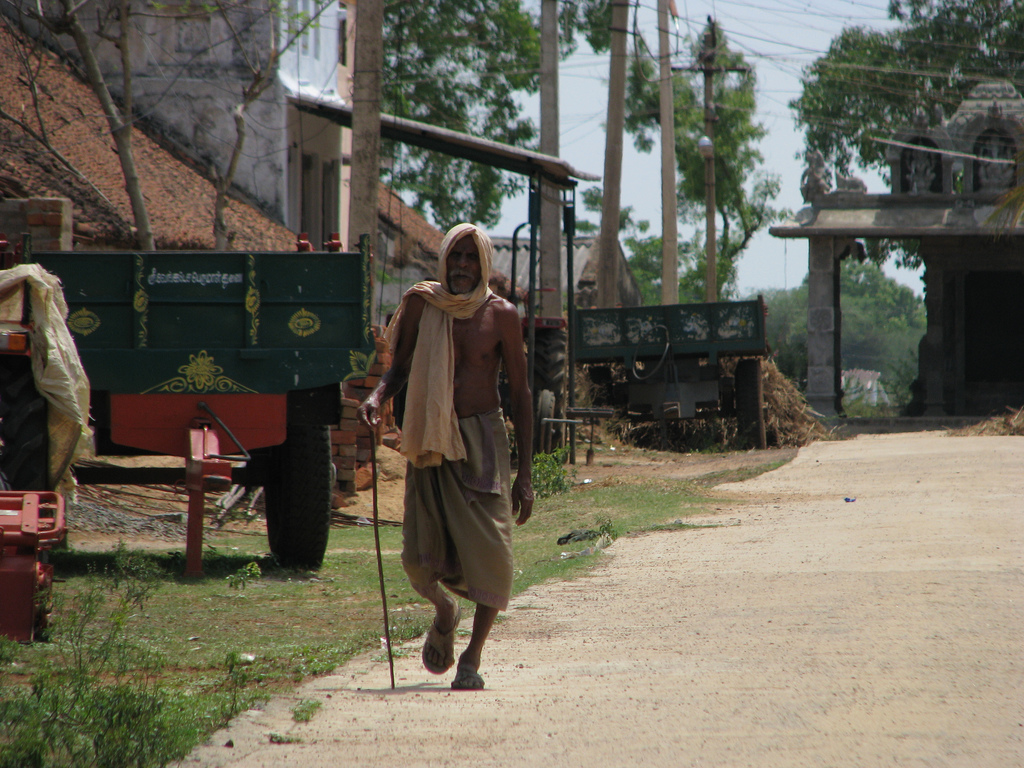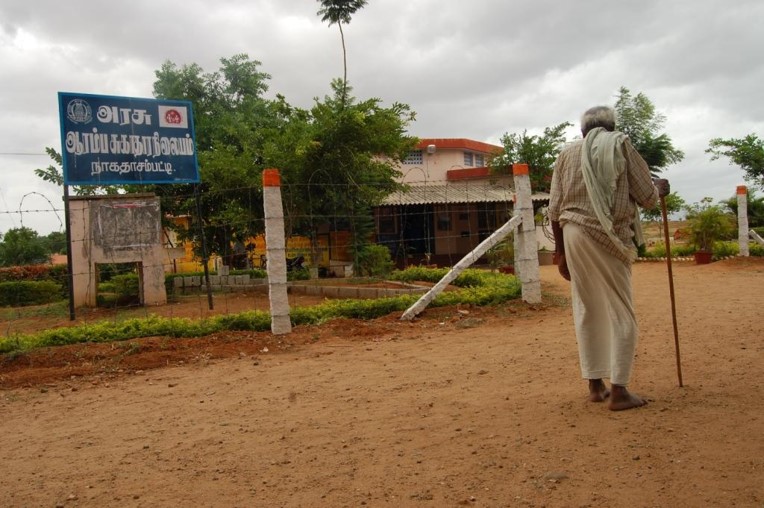TBI Blogs: What Rural and Urban India Can Teach Each Other About Mental Healthcare
India’s rural healthcare systems face very unique challenges that differ greatly for urban challenges. Pragya Lodha takes a look at how policymakers and healthcare professionals can tackle these challenges, especially in the mental healthcare arena.

India’s rural healthcare systems face very unique challenges that differ greatly for urban challenges. Pragya Lodha takes a look at how policymakers and healthcare professionals can tackle these challenges, especially in the mental healthcare arena.
The World Health Organisation definition of health includes physical, social, spiritual, and mental health, and not merely the absence of disease or infirmity. Since ancient times, India has given importance to the health of people, and has highlighted the need for a physically and mentally healthy society. The maxim “There is no health without mental health” underlines the fact that mental health is an integral and essential component of health.
With an approximation of 69 % of the population being residents of rural and agricultural settings in India, there is a skewed scenario of the mental health condition there in contrast to that of urban India. In both rural and urban India, there are factors that predispose individuals to the risk of developing vulnerable mental health conditions, while there are factors that promote sound mental health for them. The health of people in India is changing due to socio-demographic and epidemiological transition. The divide of access to education, health benefits, and technology among the rural-urban acts as catalysts to growth and development, along with the mindset to accept change.
Persons with mental illness in rural India are unable to receive quality care due to limited awareness, availability, accessibility, and affordability. The costs of care are also becoming increasingly prohibitive. An aggregate level of literacy for agrarian India is up to 71 %, whereas that for urban India is 86 %.
More than literacy, the rapid movement of awareness makes a huge difference in understanding and intervention for mental health conditions.

The notion of mental health is demonized among the rural population, and is thought to be the “possession or embodiment of an evil spirit in an individual” that makes them behave in a bizarre manner. The folks of agrarian societies have a huge deal of respect for faith healers and consider them the primary approach for treatment, which denies them the required medical/therapeutic intervention from mental health professionals.
Myths surrounding mental illnesses, sexuality, and menstruation have an omnipresent prevalence across rural and urban parts of the country. The discrepancy lies in understanding these constructs and taking relevant measures to incorporate them as a part of living by de-stigmatizing them. This happens largely in urban settings, given awareness and access to resources. Research and media are evidence to the stringent prevailing fallacies about mental illnesses, menstruation, and sexuality in rural India, where there is ostracization, stigma, and bleak understanding with regard to the above mentioned phenomenon.
From a cultural perspective, mental disorders are associated with a considerable amount of stigma in Indian society, leading to neglect and marginalization. Such individuals and their families face numerous challenges in daily life, both for managing the condition, as well as for making them productive due to prevailing attitudes, media portrayals, societal discrimination, and deprived opportunities.
Moving from one state to another, multiculturalism is another factor that plays a role in determining mental illnesses. Not all cultures have the same underlying belief about the causes or nature of mental illnesses.
What may be considered as an illness or malpractice in one culture may be normative to the other.

With less than 1 % (0.06 %) of the budget being allocated for mental health, treatment gap is a growing problem. Treatment gap is ratio of the number of people requiring care against the number of people who get that care. It is alarmingly high in the rural parts of the country. Out of ten people who need care, only one gets it. Shortage of mental health professionals, lack of infrastructure, and limited training further compound the crisis in rural India.
Nevertheless, there are quite a few factors of the rural set-up that promote health as well. Most of the socio-psycho problems of the villages are headed and resolved at the panchayat level. Community living is one of the biggest resources in rural India. Here, a strong family and an equally strong community are present in order to care for and support vulnerable individuals.
The community takes care of the homeless living with mental illness, or people with developmental delay. Without sophistication, the rural folk have their own ways of promoting education and healthy living by being close to nature. In contrast, in urban settings, this is largely absent due to the growing trend of nuclear families and independent living.
The women of rural ecosystems have their own support system built around other womenfolk in order to sustain living. With their ability to multitask in the agrarian economy, their resilience is par excellence. They have their own ways and traditions to cope with various kinds of stressors. A 40-day separation postpartum helps them regain their physical and mental stability.
Midwives assist in deliveries, women self help groups aid each other economically, and women social groups discuss daily hassles.

Resilience and value systems, crucially, empower individuals to bounce back from adversities. Given their limited resources, the people learn to stay strong in crises. It becomes a way of life, and thus they have greater resilience in the face of illnesses. As opposed to that, in urban living, cumulative stresses and lack of social support lead to deteriorated resiliency among individuals.
Working in the grassroots is essential. It is one of the best ways to set the change for the long term. In India, bringing required services to rural areas will help in reducing the burden of mental health illnesses. This effort of improvising mental health scenarios in rural India has already started. Several organizations, NGOs, and hospitals are bringing awareness and mental health services to more and more parts of rural India.
The above factors hold great potential to scale up the scenario for the rural masses of our country. Community living, with a combination of resilience among the people of rural India, is a boon to their healthier lives.
Appropriate treatments can starkly reduce the burden of mental illnesses and also by harnessing the preventive aspects of community living.

The vulnerabilities of rural India hold the capacity to transform into sustainable care for mental health sufferers. One of the organizations building this momentum is the MINDS Foundation. It invites interested individuals and organizations to join hands and support quality mental healthcare for our rural counterparts.
(The author is Associate for Programme Development at The MINDS Foundation, passionately working to promote mental health for all.)
Share your story with us, and join us in bringing Mental Health to all, by donating here.
Like this story? Or have something to share? Write to us: [email protected], or connect with us on Facebook and Twitter.
NEW: Click here to get positive news on WhatsApp!
This story made me
- 97
- 121
- 89
- 167
Tell Us More
We bring stories straight from the heart of India, to inspire millions and create a wave of impact. Our positive movement is growing bigger everyday, and we would love for you to join it.
Please contribute whatever you can, every little penny helps our team in bringing you more stories that support dreams and spread hope.



















